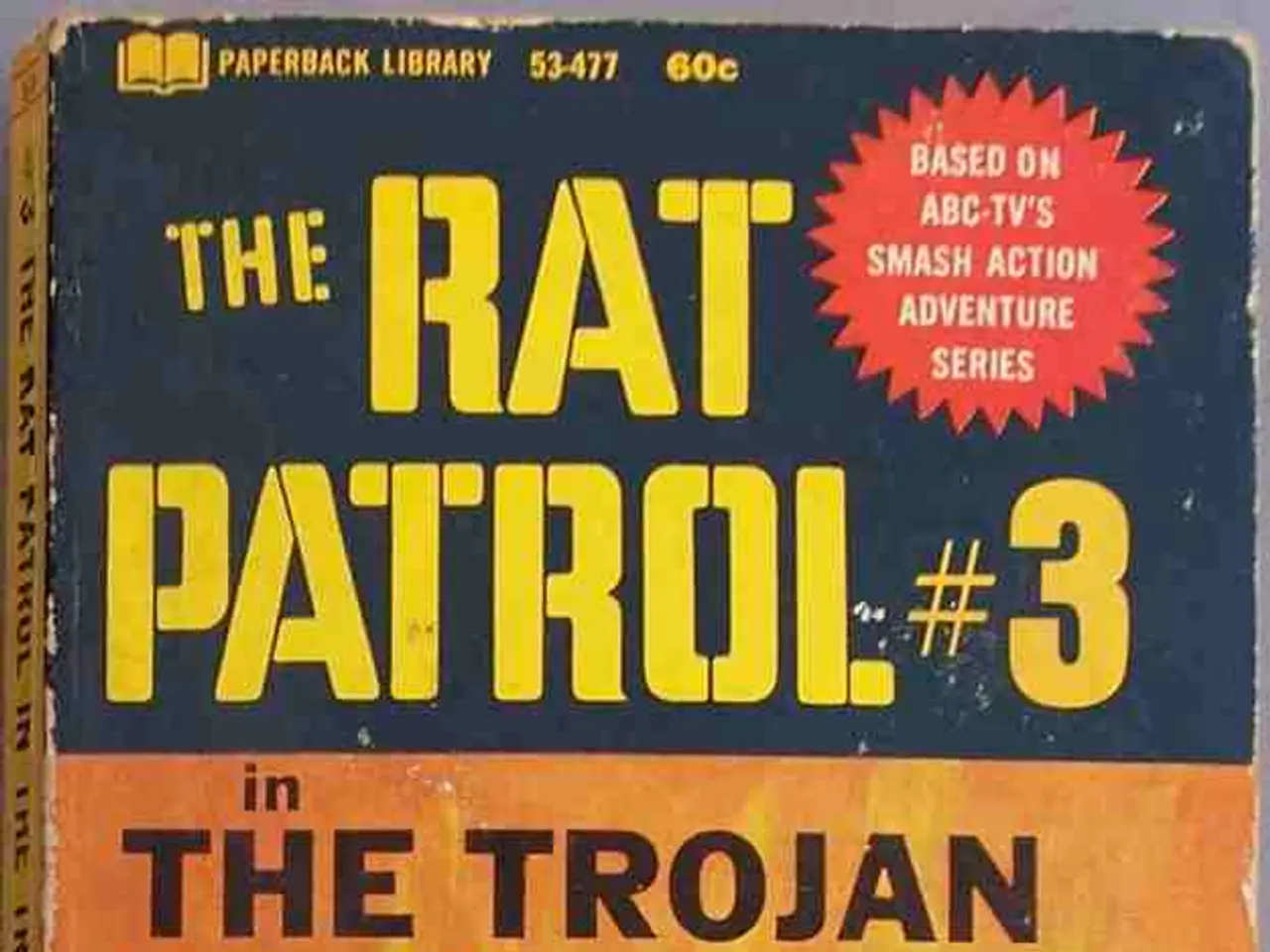Limited possibilities for the U.S. in choosing when to initially deploy nuclear weapons
In the final months of World War II, the decision to use nuclear weapons against Japan was a contentious one, with far-reaching implications that continue to be debated today.
The Japanese military was in a state of weakening by summer 1945, yet it continued to refuse surrender when proposed. This stubbornness was due in part to the radicalization of Japanese citizens, who were trained to fight to the death for the emperor. The enemy still had an abundance of guns, ammunition, mines, and artillery, making a conventional invasion a daunting prospect.
The planned Allied invasion of Japan (Operation Downfall) was anticipated to result in hundreds of thousands to possibly millions of casualties, including both military personnel and civilians. The bombings of Hiroshima and Nagasaki, therefore, were seen by U.S. leadership as a necessary measure to end the war quickly and save more lives than an invasion would have cost.
The immediate number of Japanese casualties due to nuclear weapons was approximately 200,000. While this figure is undeniably tragic, it pales in comparison to the estimated 1 million casualties that would have been realized if an invasion of Japan were necessary. The decision to use nuclear weapons, thus, provided a net savings of American and Japanese lives.
The bombings contributed to Japan's rapid surrender, avoiding a prolonged and bloody ground invasion. However, the humanitarian consequences were severe. Survivors (Hibakusha) endured physical and emotional suffering from radiation-induced illnesses for decades, underscoring the severe costs of nuclear warfare.
Contemporary and later public opinion has been divided. Shortly after WWII, about 85% of Americans approved the bombings as justified, but views have become more mixed over time. A 2025 Pew Research survey showed only 35% currently saying the bombings were justified, while 31% opposed it, reflecting ongoing debate over the moral and humanitarian trade-offs.
In summary, many historians and analysts conclude that the bombings were seen by U.S. leadership as necessary to end the war quickly and save more lives than an invasion would have cost. However, the decision remains ethically and historically controversial due to the immense immediate and long-term human suffering caused.
The use of nuclear weapons and the conventional bombing of Dresden remain controversial topics for 80 years, with no easy answers. Decision makers at the time had no good choices, faced with an unreasonable enemy and the need to end the war as swiftly and humanely as possible. As we reflect on these events, it's important to remember the human cost and the enduring lessons they hold for us today.
[1] National Museum of Nuclear Science & History. (n.d.). Atomic Bombings of Hiroshima and Nagasaki. Retrieved from https://www.nmsal.org/education/nuclear-history/hiroshima-and-nagasaki/
[2] PBS. (n.d.). Hiroshima and Nagasaki. Retrieved from https://www.pbs.org/wgbh/americanexperience/features/hiroshima-nagasaki/
[3] United Nations Office for Disarmament Affairs. (n.d.). The Humanitarian Impact of Nuclear Weapons. Retrieved from https://www.un.org/disarmament/content/humanitarian-impact-nuclear-weapons
[4] Pew Research Center. (2025, August 17). Public Opinion on the Use of Atomic Bombs in WWII. Retrieved from https://www.pewresearch.org/politics/2025/08/17/public-opinion-on-the-use-of-atomic-bombs-in-wwii/
In light of the tragic aftermath, the bombings of Hiroshima and Nagasaki continue to spark intense debates about the ethics and effectiveness of using war-and-conflicts tactics in politics and general-news scenarios. Despite the lasting humanitarian consequences, some argue that these actions were necessary to prevent the loss of millions of lives during a potential conventional invasion. In subsequent years, public opinion on this issue has fluctuated significantly, highlighting the complexity of decision-making during times of war and the enduring impact of such conflicts.







